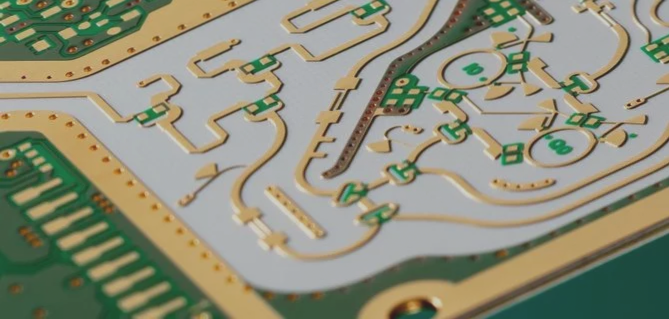Types of PCB Circuit Boards Based on Layers
- Single-sided PCB board: Wiring on one side only
- Double-sided PCB board: Wiring on both sides
- 4-layer PCB board
- 6-layer PCB board
- 8-layer PCB board
- Other multi-layer PCB circuit boards
Methods to Identify PCB Layers:
- Observe the “holes” on the PCB board. Double-sided and four-layer boards are usually transparent, while boards with 6 layers or more are not.
- Examine Gerber data, focusing on each layer like drilling, solder mask, impedance, circuit, and board outline layers. Software tools can help visualize the layer count.
- Use anti-reverse engineering software when PCB files are not available.
- Request PCB cross-sectional analysis reports from factories for precise layer identification.
Importance of PCBs:
- PCBs are essential for electronic devices.
- They facilitate component connections and signal transmission.
- Composed of glass fiber and copper foil, offering good conductivity and mechanical properties.
- Design considerations include circuit connections, layout, and heat dissipation.
- Optimal PCB layout reduces electromagnetic interference and signal delay.
- Quality PCB design enhances device reliability and stability.
- Strict quality control in manufacturing is vital for PCB production.
- Qualified PCBs enhance product performance and longevity.
- PCBs significantly impact electronic device quality and reliability.
Latest PCB Industry Trends:
Recent advancements in PCB technology focus on enhancing signal integrity, reducing power consumption, and improving thermal management. The integration of IoT devices has led to a surge in demand for flexible and high-density interconnect solutions. Additionally, eco-friendly materials and processes are gaining popularity in PCB manufacturing to promote sustainability and reduce environmental impact.
Future of PCB Design:
The future of PCB design lies in miniaturization, increased automation, and the adoption of advanced materials like flexible substrates and 3D printing. AI-driven design tools are revolutionizing the industry by optimizing layouts for performance and manufacturability. As electronics continue to evolve, PCBs will play a pivotal role in enabling innovative and efficient device designs.

